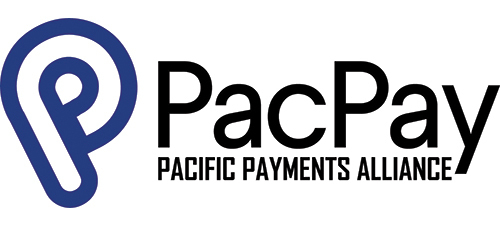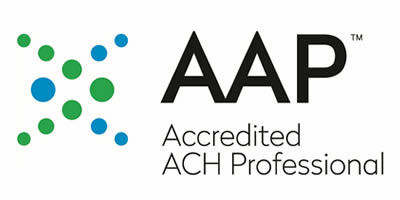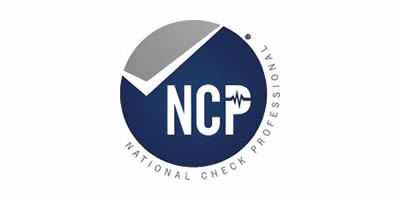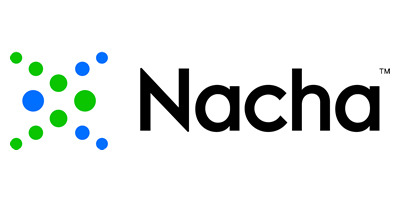Complete Story
[Center for Payments] Surge in Payments Fraud Highlights Need for Advanced Security Measures
As financial transactions continue to migrate to digital platforms, risks and complexities associated with payments fraud are rising sharply. Financial institutions are grappling with this evolving challenge, striving to enhance their strategies to protect account holders. A recent Payments Fraud Survey, developed by the Center for Payments™ in collaboration with Nacha® and Independent Community Bankers of America® (ICBA), sheds light on the current landscape of payments fraud, offering critical insights from a broad spectrum of financial institutions.
The survey, designed to address key concerns in the realm of payments fraud, has four primary objectives:
- Assess the Impact: To gauge how payments fraud influences financial institutions and their clients, focusing on both immediate and secondary effects.
- Investigate Detection Methods: To explore various tools and techniques used by institutions to effectively identify and detect payments fraud.
- Evaluate Response Strategies: To analyze the actions and strategies employed by institutions once fraud is detected, including immediate actions and long-term mitigation plans.
- Identify Emerging Trends: To uncover new trends in payments fraud, helping institutions anticipate and prepare for future threats.
Survey Findings: Executive Summary
- Emerging Fraud Trends: The survey highlights a significant rise in sophisticated fraud tactics, particularly those involving manipulation of authorized parties. Approximately 62% of institutions reported an increase in such incidents. Fraud attacks have notably surged in check processing and debit card transactions, with 58% and 51% of institutions, respectively, experiencing more frequent occurrences. These findings underscore the urgent need for financial institutions to remain vigilant and continuously improve their fraud prevention strategies.
- Effective Fraud Prevention Strategies: Financial institutions are employing various strategies to mitigate risks when opening new accounts. Around 50% closely monitor account activity and impose daily transaction limits to thwart fraud. A third conduct background checks, and a quarter require additional documentation. Some institutions also utilize ChexSystem and credit reports. However, 12% of institutions lack specific risk mitigation steps, revealing potential vulnerabilities in current fraud prevention practices.
- Response and Mitigation: The survey emphasizes the importance of immediate actions, such as suspending accounts and reviewing other transactions, when fraud is detected. It also highlights the role of long-term mitigation strategies, including account holder education programs delivered through websites and social media, in strengthening institutional resilience against fraud.
For a deeper exploration of the survey findings and strategies for effective fraud prevention, our members can obtain a copy of the full white paper here (login required).
About the Center for Payments
The Center for Payments™, which created the survey, is a collaborative initiative sponsored by ten Payments Associations. It aims to help members navigate the evolving U.S. payment systems. The Center's mission is to advance the payments industry through market intelligence and thought leadership. Participants include ePayResources, EPCOR, Macha, NEACH, PaymentsFirst, SHAZAM, Southern Financial Exchange, The Clearing House Payments Authority, UMACHA, and Wespay, representing over 10,000 financial institutions, businesses, and stakeholders.
About the Study
Conducted by Industry Insights, Inc. in collaboration with the Center for Payments, the Payments Fraud Survey offers a detailed analysis based on data collected from 443 financial institutions between May and June 2024. The survey encompasses institutions with asset sizes ranging from under $10 million to over $25 billion, providing a comprehensive overview of current practices and procedures for detecting, assessing, and mitigating payments fraud. To obtain a copy of the full white paper, contact your Payments Association.







